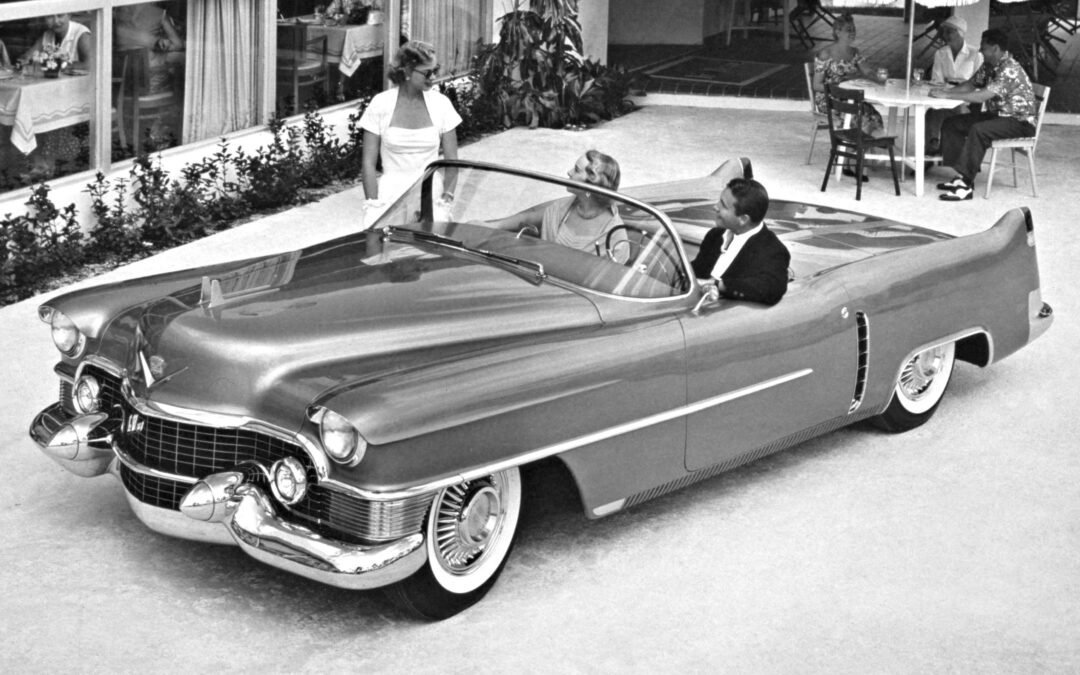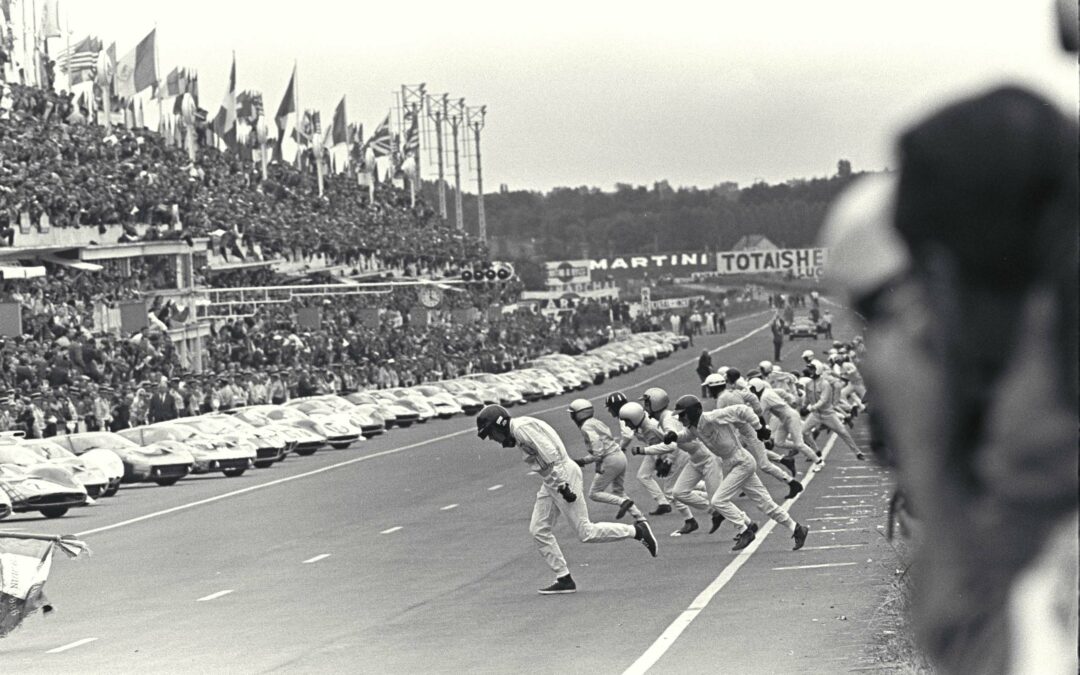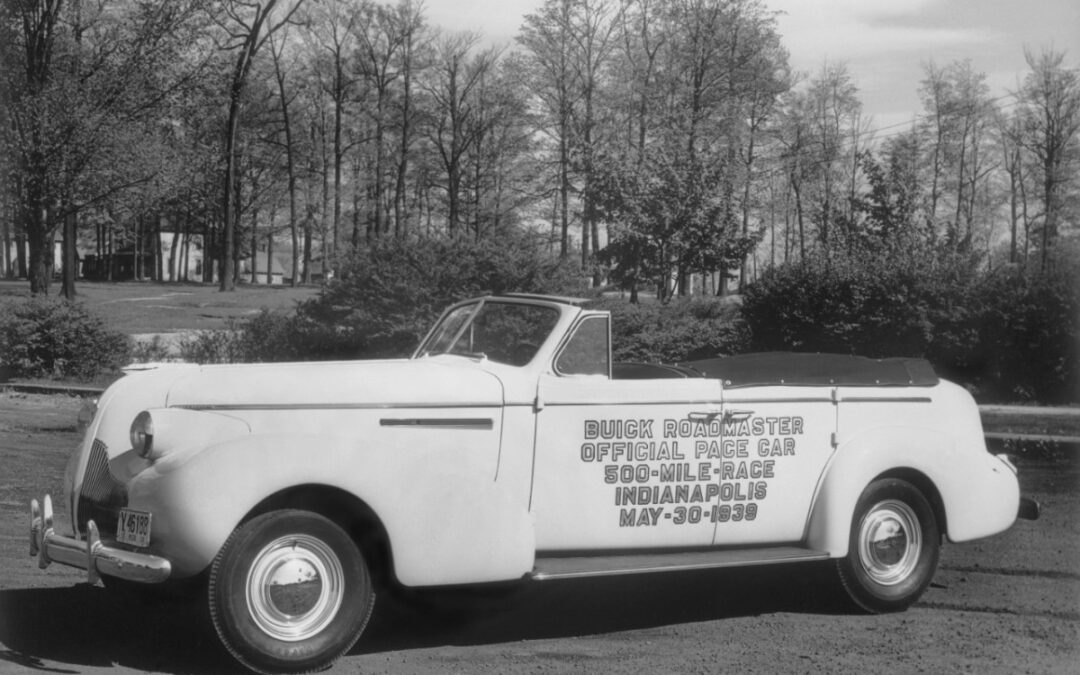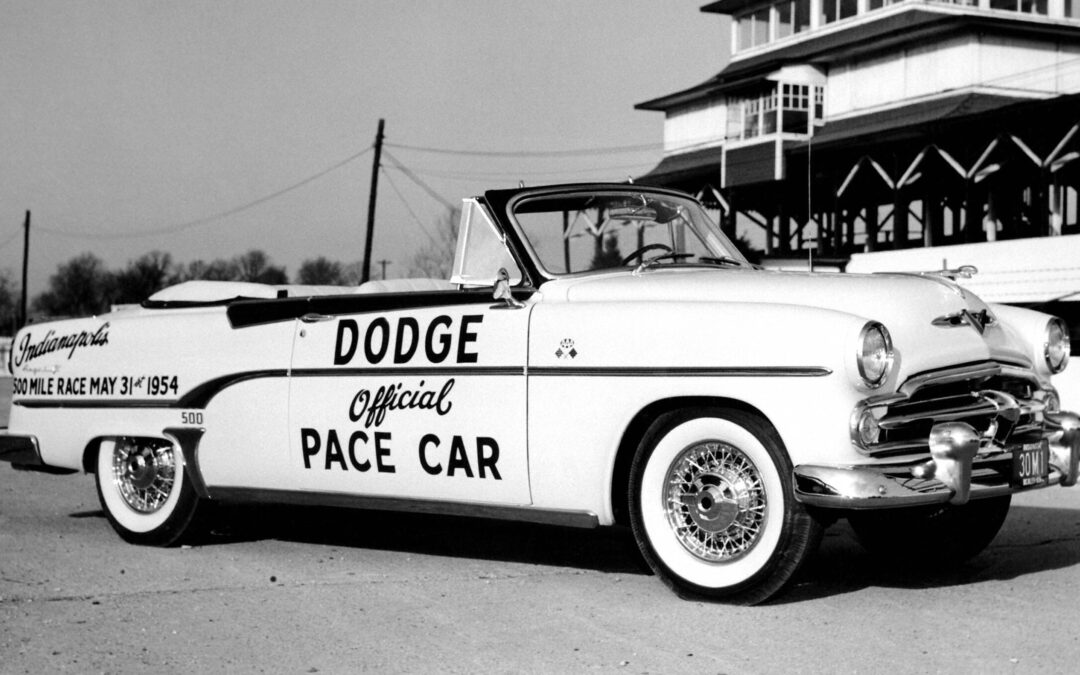In the early 1950s, the Buick brand was full speed ahead in feeding post-war demand for passenger cars. Buick became known for its tagline ‘Premium American Style’

The 1951 Buick Convertible remains a symbol of an era when cars were more than mere transportation — they were works of art, craftsmanship, and aspiration. (Photos courtesy of the GM Media Archive)
American car design was on the threshold of a renaissance in the early 1950s. It was just five years since the end of World War II when U.S. automakers got back to the business of making vehicles for civilians and not the war effort.
Between Feb. 10, 1942, and Sept. 9, 1945, General Motors and other American carmakers did not produce cars for civilian use. Starting in 1940, General Motors eventually converted over 100 of its manufacturing plants to produce for the war effort.
After the war, passenger car designs continued to grow in size — a direct reflection of the post-war prosperity enjoyed by most Americans. Automotive engineering brought new technologies, such as electric starters, hydraulically operated convertible tops, power windows, and power driver’s seats — sometimes referred to in period print ads as the pilot’s seat.

On the production line in 1951 at Buick City, Flint, Mich.
The first safety features debuted, such as padded dashboards, safety glass, and improved brake systems. Now that chrome was again available (restricted during wartime production), large expanses of the shiny metal alloy coating was applied to bumpers, bodyside spears, grilles, and headlight casings.
Design features of warplanes could be seen in the post-war designs of cars, according to a report in Hertz.com. Expansive tail fins emulated aircraft wings. Hood ornaments took the shape of gunsights, and conical “Dagmar” bumper guards would mimic artillery shells. Buick’s iconic “vertiports” — hood portholes — recalled the exhaust outlets of fighter aircraft such as the P-51 Mustang, built by North American Aviation in the 1940s. While the P-51 Mustang was V-12 powered, with six exhaust ports aft the propeller, the Buick had just three to four ventiports on each side of the hood.

The Roadmaster instrument panel.
Ventiport History
The now-iconic Buick portholes, correctly termed “ventiports,” were a stylist fluke. Credit for the brand-defining feature goes to noted General Motors stylist Ned Nickles, who designed and installed a set of round fender vents on his personal 1948 Buick Roadmaster. According to the engaging report in MacsMotorCityGarage.com, Nickles used small electric lamps (probably neon or similar) that were wired to the ignition system. The lights would flash in sequence with the cylinders of the engine. Reportedly, he was inspired by the flashing exhaust pipes (or gun muzzles, in some versions of the story) on World War II fighter aircraft.
At that moment, a Buick styling trademark was born.
“Buick manufacturing boss Edward T. Ragsdale ridiculed the gimmick, saying it ruined the car, but general manager Harlow Curtice loved the idea, minus the flashing lamps, and ordered the vertiports into production on the 1949 models, a scant seven months away.
The 1949 Roadmaster debuted four “Cruiser-Line Ventiports” per side, while the junior Super and Special sported just three per side. The Roadmaster earned four portholes for its 320-cubic-inch straight-eight vs. 260 cubic inches of the lesser models. The F-263 engine (for 263 cubic inches) had power ratings of 120 hp or 124 hp in the 40 series or 50 series. The top-line 70 series had an upgrade to 168 hp.

Buick color print ad: “Smart Buy for 1951.”
Post-War Vehicle Demand
The Buick brand was full speed ahead in feeding new post-war demand for passenger cars. The brand became known for its tagline, “Premium American Style.”
The 1951 Buick model-year lineup elevated the General Motors brand to America’s fourth-largest automaker. Total sales that year were 406,657, according to the third edition of “The Standard Catalog of American Cars, 1946-1975.” Convertibles represented 9.4 percent of Buick’s business.

Each Buick series had its unique grille pattern, contributing to its identity. The Super Series, for example, sported a bold horizontal grille.
Buick Innovations
The 1951 Buicks were known for their distinctive features, combining style, comfort, and innovation. Here is a list of some of the special features that set Buicks apart:
1. Dynaflow Transmission: Buick introduced the Dynaflow automatic transmission, which provided smooth gear changes and eliminated the need to shift gears manually.
2. Distinctive Grille Designs: Each Buick series had its unique grille pattern, contributing to its identity. The Super Series, for example, sported a bold horizontal grille.
3. Electric Clocks: Buick was among the first to include electric clocks as standard equipment. The timepieces added a touch of modernity.
4. Safety Innovations: Buick emphasized safety. Features like padded dashboards, safety glass, and improved braking systems ensured passenger well-being.
5. Wide Whitewall Tires: Buicks roll on wide whitewall tires, which enhance their visual appeal and ride quality.

There looks to be room for the golf cart and clubs in the 1951 Roadmaster trunk.
The “Fireball Eight”
Buick debuted the “Fireball Eight” straight-eight-cylinder engine across its entire lineup beginning with the 1931 model year. The straight-8 would continue powering all Buicks until it was replaced by the 322-cubic-inch “Nailhead” V-8 beginning in 1953, per the Journal of Classic Cars.
“The Buick lineup in the early 1950s was easy to map out, with just three models starting with the Special (Series 40) at the entry-level position. Moving upward came the Super (Series 50) with such features as distinctive rear side windows. Sitting at the top was the Roadmaster (Series 70) flagship with “sweepspear” fender trim and wide chrome panels below the windows and doors.

Convertibles represented 9.4 percent of Buick’s business in 1951.
Buick Special Convertible
The 1951 Buick Special Convertible, also known as Model 46C, epitomized Buick’s dash and elan in a budget-priced package. Despite its affordability, $2,561, it boasted luxurious deluxe finishes that set it apart.
The Model 46C was a two-door convertible with seats for six. It was powered by the new F-263 engine, with high compression ratios and ample horsepower. The convertible was full-bodied at 3,645 pounds but 860 pounds less than the Roadmaster.
Inside, passengers were treated to plush interiors, comfortable seating, and attention to detail.
The top-of-the-line Buick Roadmaster Riviera pushed the starting price to $3,453 in 1951. But it remains a symbol of an era when cars were more than mere transportation — they were works of art, craftsmanship, and aspiration.
For Buick restorations, be sure to visit the Buick Heritage Alliance.

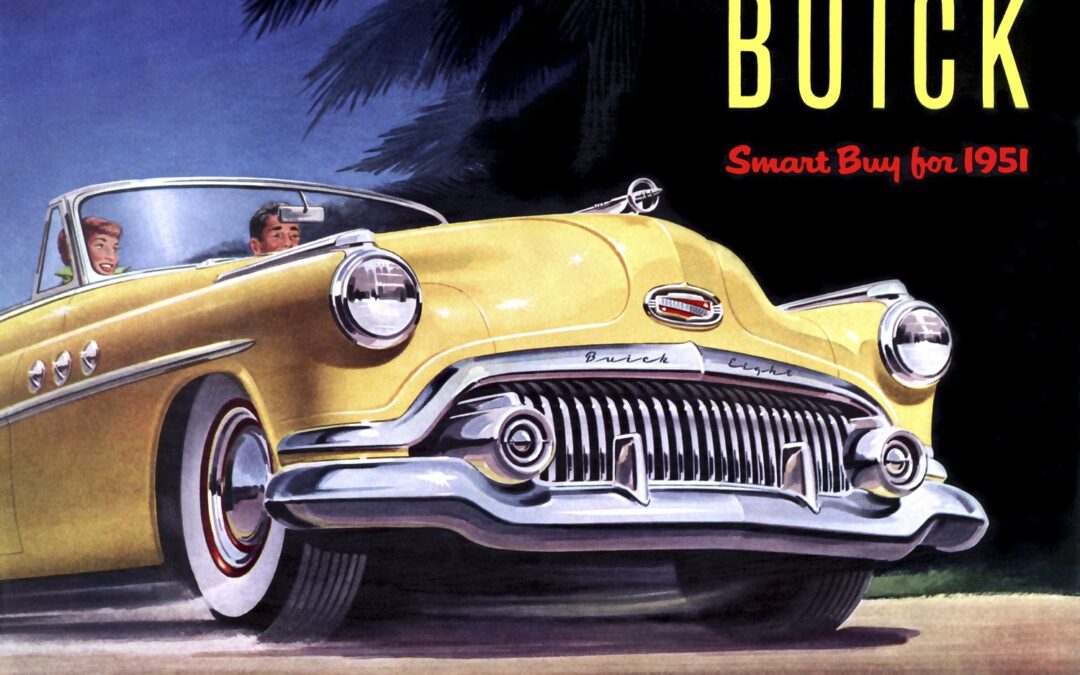




 The distinctive dome speedometer.
The distinctive dome speedometer.










